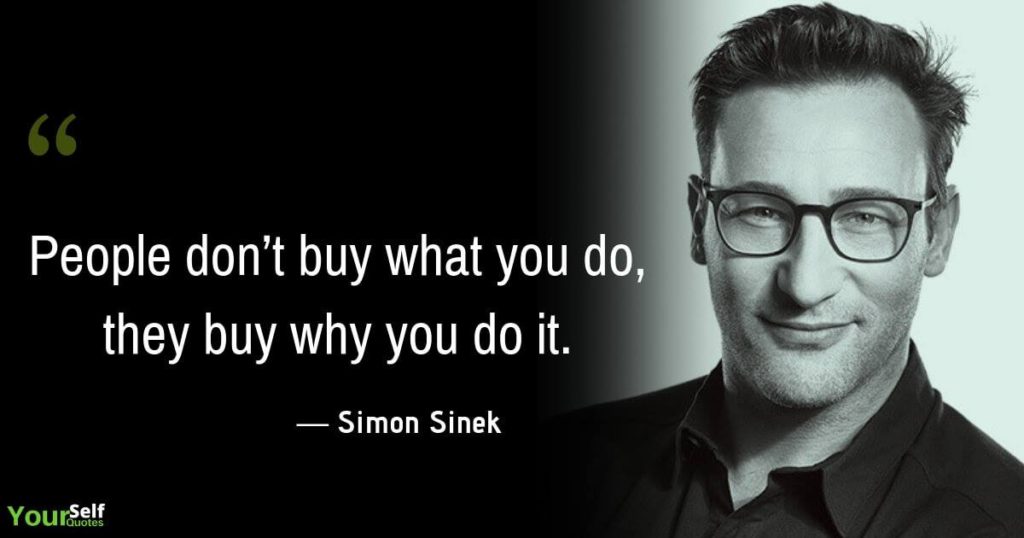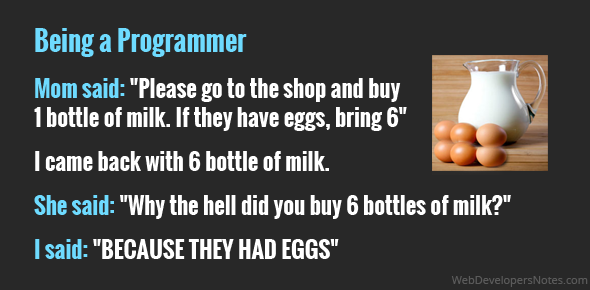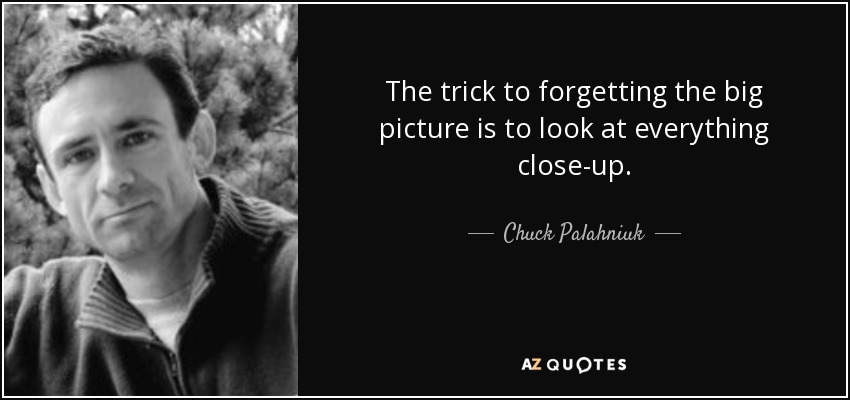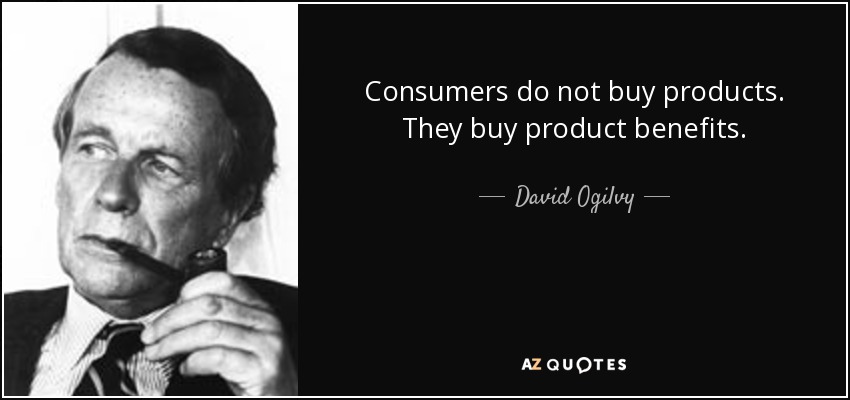
Benefits of Marketing material driven product development
Every blog here is a battle scar, a lesson from the trenches. And this particular blog, I wonder if I really have to write as I think I am stating the obvious. But sometime the most obvious are the hardest to see. And, if it is a lesson learnt then it is worth a blog…
Like we have test driven development in coding, at Peer-Mentor we follow “Marketing material driven product development”. Our first marketing material is the “Bulls eye presentation”, and this starts with articulating, as tightly as possible, “the benefits”. We run this trough TG, sell, and then we build.
So, from this presentation, comes the validated “benefits” which lead to user stories/requirements and the development.
While the requirements are the “what” and “how” of the product/project. Benefits answer the “why” i.e., why are we building this god damn thing.
Why:

The benefits of this approach
1. While pitching, customer conversations often reveal the “real benefits”. We have had cases where what we thoughts were “benefits” were actually “damages”.
2. There are many benefits that can be delivered, so by articulating the key benefits, we focus, else, we deliver some of all but deliver none well enough.
3. Marketing material forces you to articulate the benefit as tightly as possible. It distillates your ideas and thoughts into clear actionable “benefits”. Makes the abstract tangible.
4. Copy is a secret sauce get it right before you cook the entrée.
5. By this we understand the benefits and come to terms with it i.e., the solution architecture starts building in your head.
6. We sell then build. There are a whole lot of advantages and will be part of another blog.
7. Easy to demo to the customer as benefits are already sold! Now, “sale” is more like UAT.
8. In the end, when consumer use the product, we need to measure the “intrinsic benefits of the product” i.e., if a consumer is paying 100/- then we to measure the tangibles and intangibles to make sure he is getting at least 200/- of value. Further we will need tools to measure these tangibles and intangibles and ways to put a monitory value to them. As this value keeps going down, you can know that the product value prop is diluting. When it hits 150/- it is time to innovate. So, with this approach, we can define product KPIs and build tools to measure these as we build the product.
With this approach, the 4P’s of marketing, the product, pricing, positioning, and promotion are all addressed in one shot.
What:
Use the Bulls eye presentation for ever product.
Name the product to be the biggest benefit for your top TG. If you can’t get a single word, make a combo of two words. Name it like you would name your company. Name should be an alias, moniker or a metaphor for the Benefit.
Make a tag line for the product. This should explain the “what” will you build, and “how” it will deliver the benefit.
If a product has multiple TG, make a Bulls eye presentation for each of the TG.
In Peer-Mentor companies, the benefits of a product should line up with the “Direction statement” of the company.
Make a list of tangible and intangible benefits. Quantify and put a monitory value to each of the benefits. Build tools to measure these benefits. Tools should measure on a unit level, customer level, and business level.
Do you know the biggest alibi to not defining the benefit? It is to say, “the benefit is that it will make money”. Do you know what happens when you define it like this?…
Say, you are in a F&B industry, if you are benefits driven, then you create profits by driving “heal and healthy”, else you will earn profits by creating addictive sugar loaded beverages, and jumbo sized burgers that will lead consumers to comorbidity.

Another simple way to explain, Mukesh Ambani and Anil Ambani. Mukesh made wealth by articulating benefits (well head to wall socket, data is new oil – both imply “value for money to consumers”) and Anil Ambani wanted to create wealth by accounting jugglery.
You either create wealth by innovating to deliver benefits or you create wealth by killing the goose that lays the golden eggs.
A runaway success: Aim for a Benefit/Why that will “shock” the TG, and awe them by your product and delivery.
How
This is the easiest in India. Once a the “what” is articulated, our engineers are extremely competent on “how” to build : )
Benefit gives a context to what is being developed and how it will deliver. Else, without this background, this is how it will happens…

Like the direction statement, every employee working in the project will be able to see every task/activity through this lens.
This approach gives clarity in complexity, else, once knee deep in operations, and development, we lose the big picture. Tech is like a rabbit hole. We will never know where you end up by burrowing.

So, how do you keep the big picture in perspective? By having the benefits articulated, and having the marketing material in the font of the back of your mind. Always.
Having done the Bulls eye presentation for the product, take a printout of the title slide and the “Why” slide and stick it in every cubicle.
Take away:

Runaway success mantra: Shock by the “why” & Awe by the “what & how”. This is possible only when you start with the marketing material and benefits
